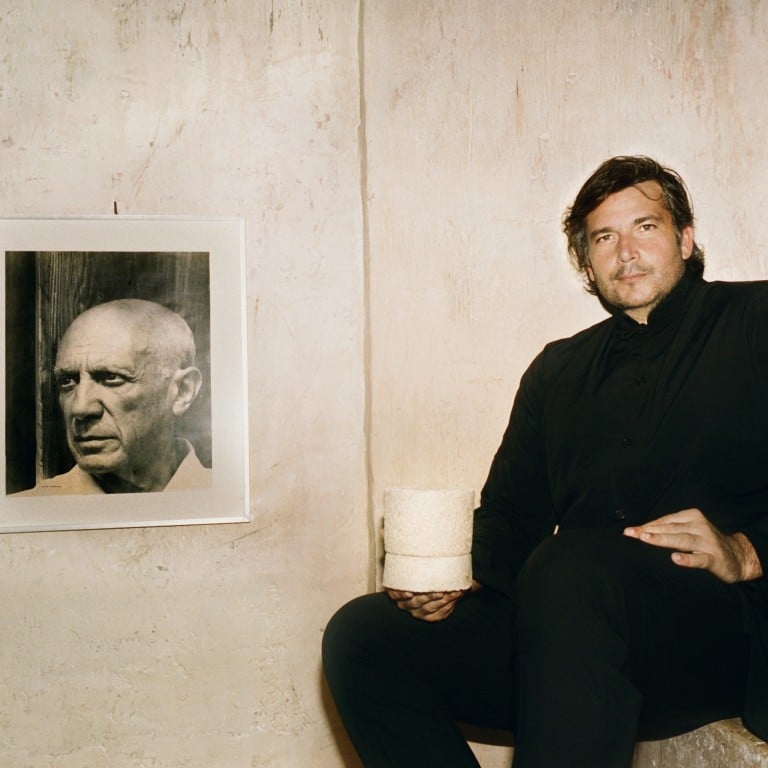Q&a / Amen Candles’ founder on building a plastic-free future with mycelium packaging, and Picasso collaborations – from literally growing his brand, to tie-ins with M+ museum and Kapok in Hong Kong

Alvarez is slowly transforming the luxury candle market with eco-friendly innovations and cool collaborations carried by Picasso museums and stores such as Dover Street Market Ginza

“The idea is to share that the only way to live without plastics is very simple – by not using them,” Alvarez continues. “Recycling plastics is not a solution, just a huge lie, and only five per cent of plastics are actually recycled. Every time you’re seeing somebody talking about recycling plastics is pure brainwashing. For me, the idea that styrofoam packaging would take 500 years to decompose was unfeasible … 95 per cent of plastics, not recycled, end up in the ocean, the fish, and inside us [humans] as microplastics.”

Not only has Amen’s unique packaging introduced a new layer of individuality to the final product – “each mycelium grows different, so each has its own personality”, says Alvarez – the concept also attracted to the brand a new collaborator, none other than late Spanish painter Pablo Picasso’s granddaughter, Diana. “We did this installation [at Dover Street Market]. When Diana came, she said, ‘Even though plastic was a trend in the art world, Picasso never used plastics.’ One month after she casually called and said, ‘I want to buy [Amen] for my collectors and galleries.’
“My brand was one month old,” Alvarez concludes, reminiscing about the launch of the Amen Picasso collection not long after. “I was not thinking a collaboration with Picasso was possible.”

Coming from Latin America, how does it feel to continue building on Picasso’s legacy and bringing that to life, furthering this dialogue between Latin America and Asia?

One thing I always find connects Asia and Latin America is a tremendous respect for nature and the style of design. A language of design, a way of design, an approach to design. When you look at works from architects or designers from Latin America and Asia, there is a harmonious respect of nature and a purist, natural style of design, instead of very brand and logo-focused. That would be the first impression, in general, that I have.




